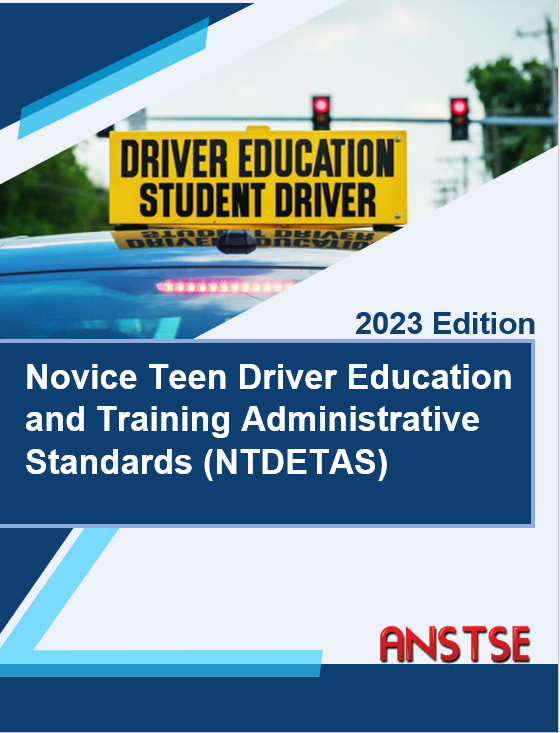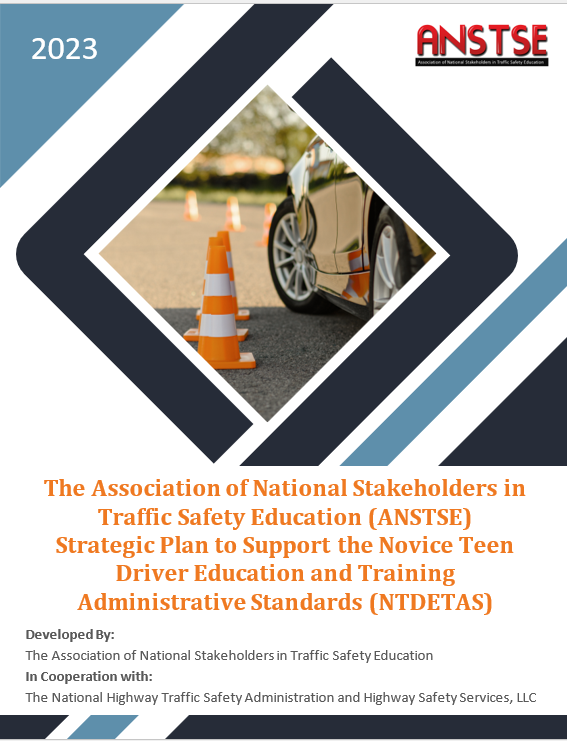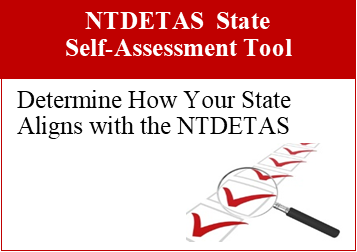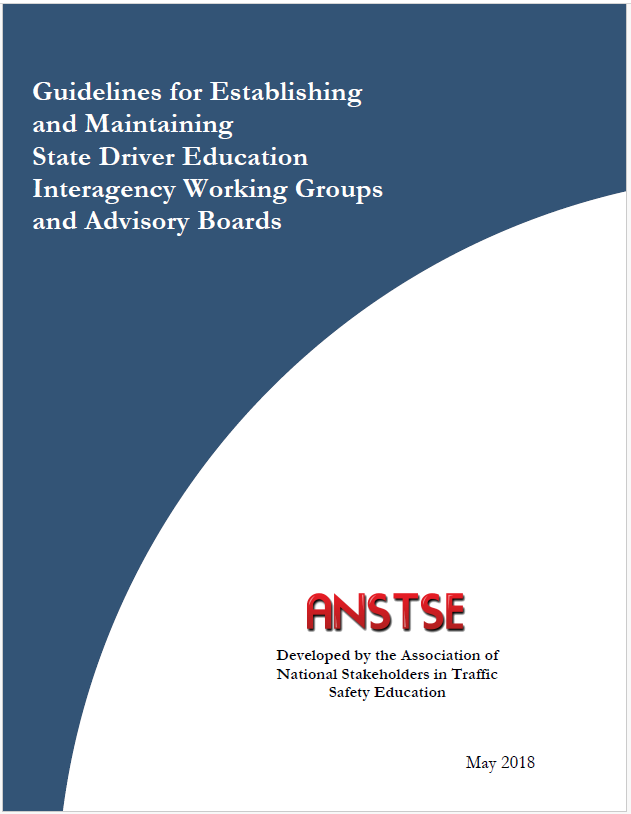Authors
Fisher, D., Thomas III, F.D., Pradhan, A.K., Pollatsek, A., Blomberg, R.D., Reagan, I.
Publisher
National Highway Traffic Safety Administration
Website Section
Driver Type
Method
Experimental study
Abstract
This study developed and evaluated a PC-based attention maintenance assessment program, as well as a PC-based training program called “Forward Concentration and Attention Learning” (FOCAL). In the first study, the attention maintenance assessment program was evaluated to determine if it could detect differences in glance durations in younger and more experienced drivers, and if drivers who were trained on a hazard anticipation program called the Risk
Awareness and Perception Training (RAPT) program made them more aware of risks, thus reducing glance duration. Results showed the assessment program could differentiate between glance durations of novice and experienced drivers, however the hazard anticipation training did not improve attention maintenance skills of young drivers, suggesting the need for training specifically targeted to attention maintenance.
In the second study, the FOCAL, a training program which aims to improve attention maintenance skills by teaching novice drivers to reduce glance durations to less than 2 seconds while performing an in-vehicle task was evaluated. Fifteen participants completed FOCAL training, and 15 participants received a placebo training where they were provided with written information about road signalizations. Both groups completed the attention maintenance assessment program from study 1 before and after training. Results demonstrated FOCAL was effective at changing glance behaviors and there was a statistically significant reduction in the percentage of glances at various glance durations for the FOCAL-trained group compared to the placebo group. The placebo group showed no differences in the distribution of glances from pre- to post-assessment. Furthermore, total time spent on the post-training assessment task did not differ between groups, suggesting FOCAL-trained participants were taking more frequent but shorter glances. It was concluded the attention maintenance assessment program may be a valid measurement of attention maintenance, and computer-based training such as FOCAL can change young driver glance behavior as measured by this assessment program. Future research should examine the effectiveness of computer-based training and assessment for improving driver safety.
Reference
Fisher, D. L., Thomas III, F. D., Pradhan, A. K., Pollatsek, A., Blomberg, R. D., & Reagan, I. (2010). Development and evaluation of a PC-based attention maintenance training program (No. HS-811 252).
Related Topics
Overview, evaluation, evaluating, assessment, studies, findings, practices, culturally responsive, Nebraska university, fresh look, large scale







